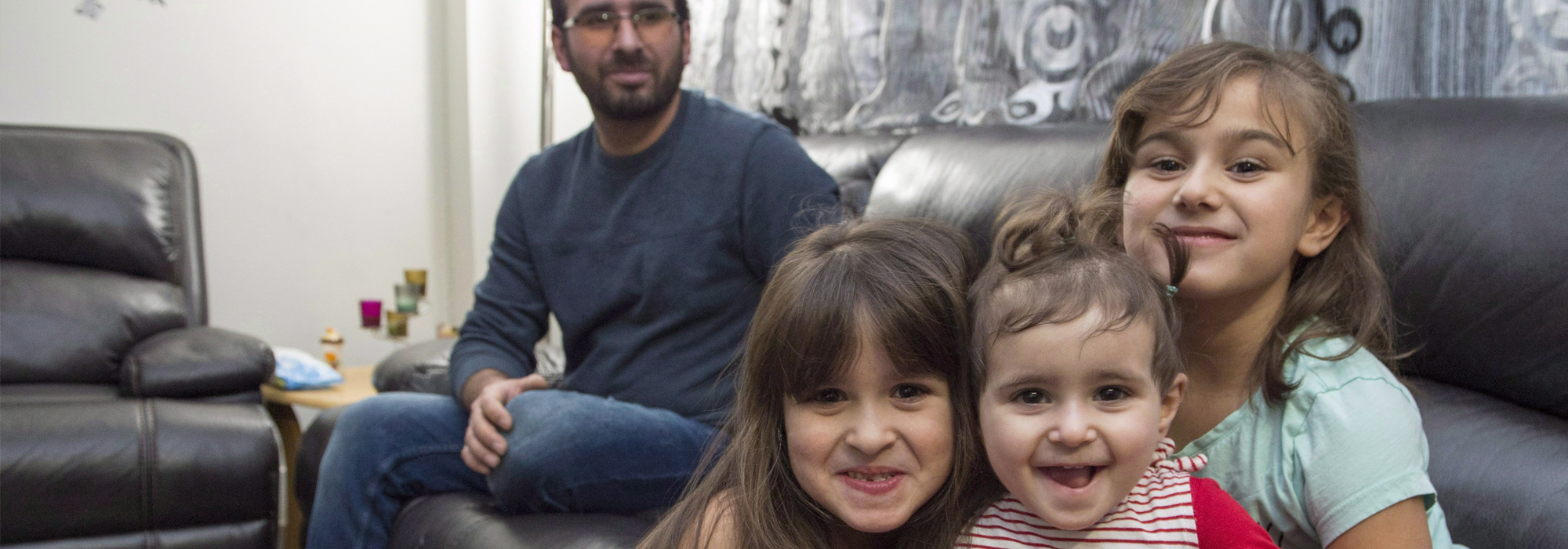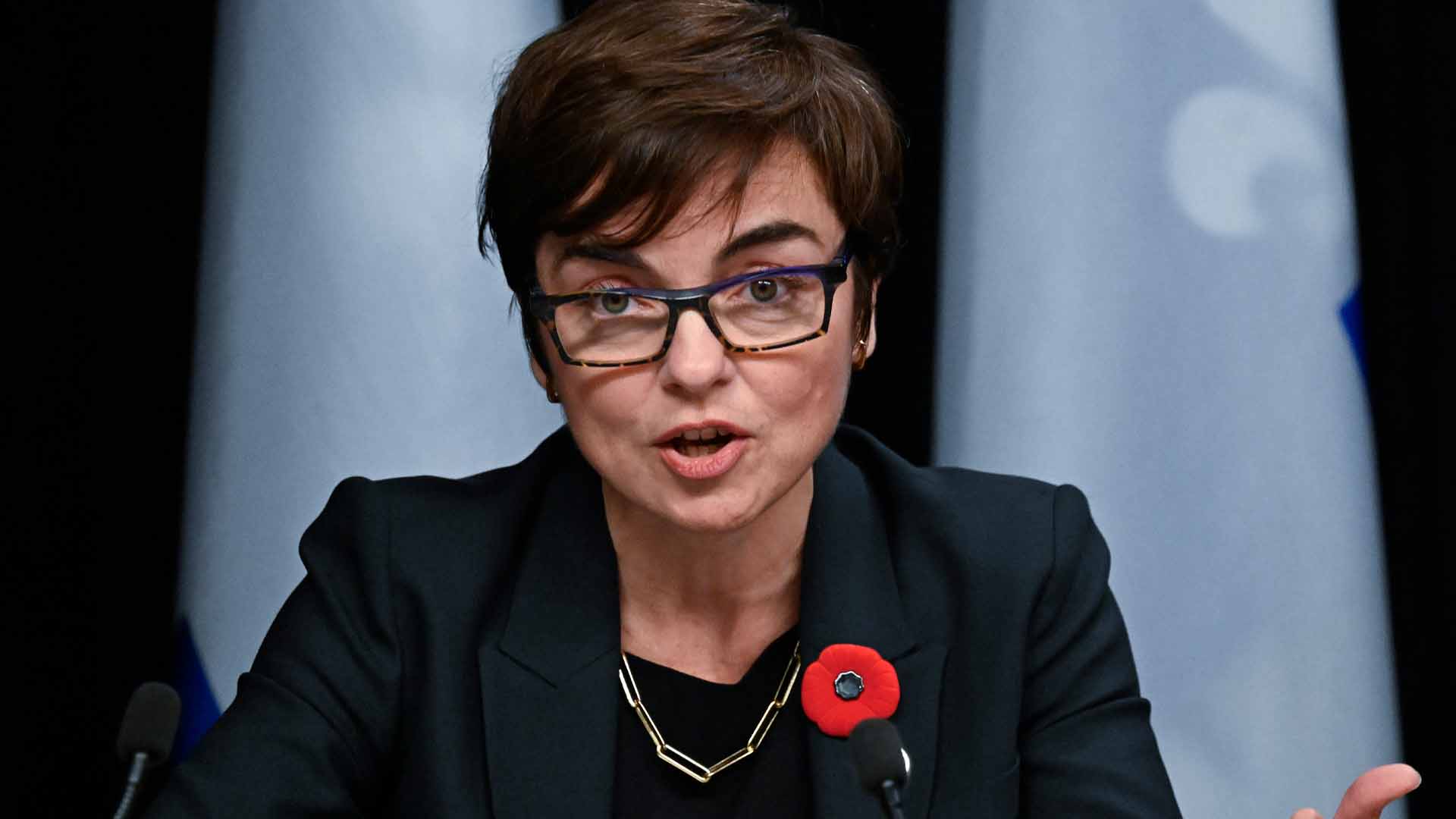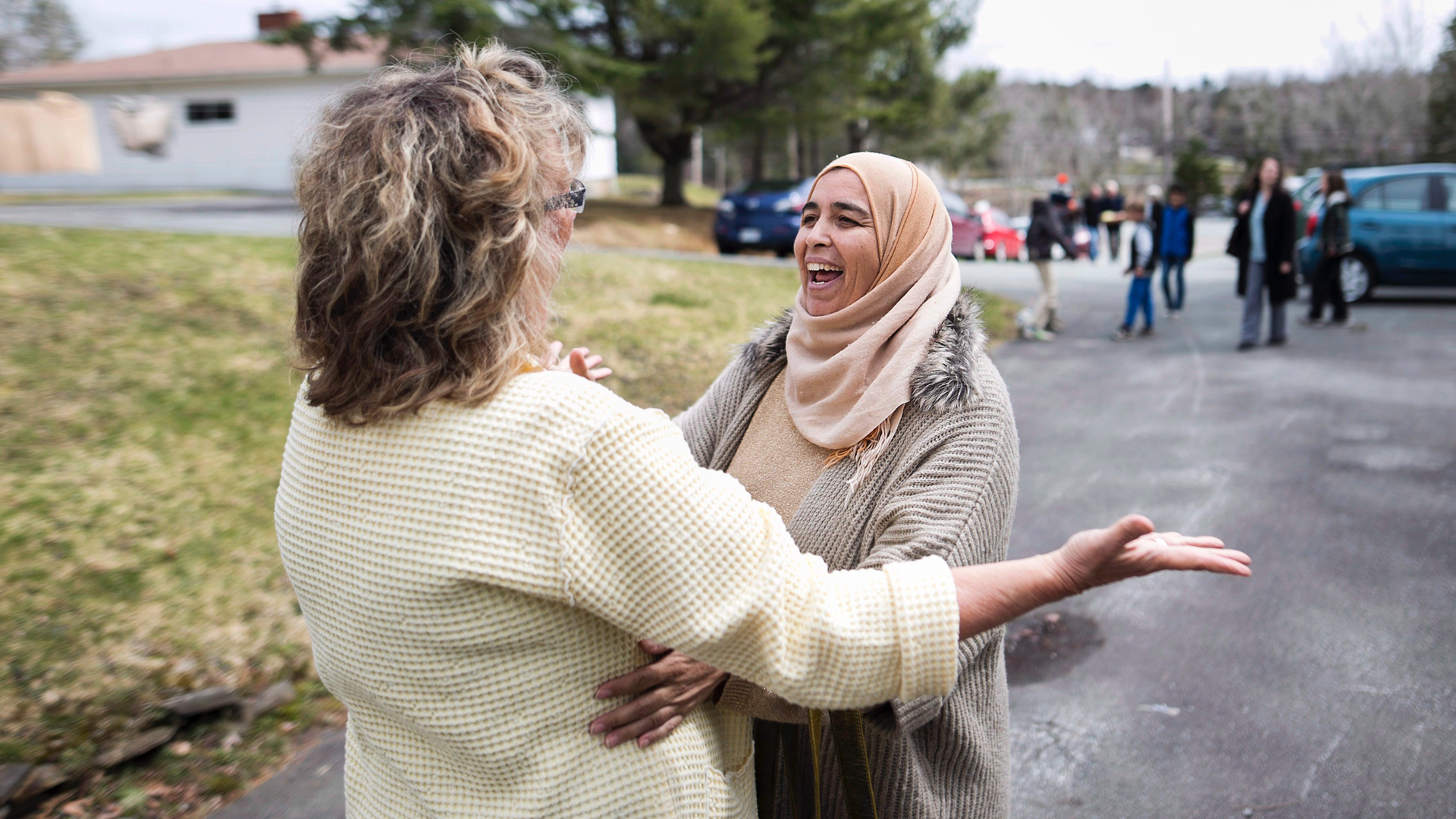
The ongoing civil war in Yemen has been declared the world’s worst humanitarian crisis by the United Nations. With millions of Yemenis displaced and more than 22 million in need of aid, Canada is once again confronted with the question of whether we should respond and, if so, how. This question highlights the need for Canada to establish a sustainable refugee policy in preparation for future crises.
Canada has been an international leader in responding to humanitarian crises and welcoming refugees. However, the current political climate and the resettlement capacity of provinces pose a number of challenges. Many Canadians are experiencing humanitarian fatigue following the arrival of thousands of Syrian refugees since 2015 and are expressing dissatisfaction with current immigration levels, particularly in eastern provinces dealing with high rates of irregular border crossings.
The federal government needs to align its humanitarian ambitions and commitments with changing public attitudes, intergovernmental tensions, and strained administrative capacity. By taking a strategic approach built upon lessons learned from the Syrian refugee resettlement initiative, Canada can more effectively respond to refugee crises and improve the integration of refugees.
The Syrian initiative was successful overall, with nearly 62,000 refugees welcomed to more than 350 Canadian cities. However, evaluations of this program highlight the need for more proactive, comprehensive planning of refugee resettlement to streamline administrative processes so that they better support refugees’ social and economic integration. Based on a number of reports and evaluations, including those from Immigration, Refugees and Citizenship Canada and Immigrant Services Society of BC, we have identified four key opportunities for improving Canada’s refugee policy.
First, more comprehensive profiles should be compiled before refugees arrive in Canada, to better equip service provider organizations with the information necessary to efficiently find housing and supports that meet refugees’ needs and to help newcomers find employment. These profiles could include skill sets, educational attainments, language abilities, family composition and other relevant data beyond the limited information currently collected. Having a clear understanding of the needs and assets of refugees at the outset reduces strain on the processing phase of refugee resettlement and supports stronger resettlement outcomes overall.
Second, resettlement outcomes could be improved by matching more refugees with private sponsors. In addition to being seen more favourably by the public, privately sponsored refugees fare better in the long term. As noted by the Immigrant Services Society of BC, the networks of support immediately available to privately sponsored refugees enable them to integrate more effectively than their government-assisted counterparts. Not only do privately sponsored refugees have better long-term social and economic outcomes, but their settlement also costs governments less and reduces strain on community resources and service provider organizations.
A key opportunity to increase private sponsorship is offered by the blended refugee visa, a relatively new element of Canada’s refugee policy. Refugees who enter through this program have settlement outcomes similar to those of privately sponsored refugees and better employment outcomes than government sponsored refugees. This form of sponsorship places a smaller burden on the sponsor because six months of financial assistance is provided by the government in addition to the six months of support from the private sponsor. Focusing resources on private and blended sponsorship would alleviate administrative backlogs and promote more successful settlement outcomes. Proactively investing to support Canadians’ eagerness to sponsor refugees has benefits at all stages of the resettlement process.
Third, increasing refugees’ proficiency in English and/or French should remain a focus of the settlement process. Language proficiency continues to be the most important indicator of successful integration; newcomers who cannot speak the local language face barriers to employment, have difficulty developing community ties, and struggle with mental wellness. As learned through the Syrian initiative, many refugees, particularly women, faced barriers to accessing language classes due to lack of transportation or child care, or because of the classes’ rigid schedules. To better suit the diverse needs of refugees, more resources could be put toward making language education more accessible, via online classes or by phone.
Finally, dialogue with and between provinces to understand the needs and opportunities in various regions is paramount. A bottom-up approach would shift the focus from population-based targets for each province to broader assessments of opportunity, including employment prospects, public support in the region, and available programs from local governments and service providers. When these considerations are assessed and discussed, provinces are more likely to remain supportive of refugee resettlement overall. With a clear understanding of where opportunity exists, it is possible to identify regions that are best positioned to support refugee integration, resulting in better outcomes for the newcomers as well as helping to fill employment gaps across the country.
Canada has a history of humanitarian leadership, and Canadians have proven time and again their willingness to support refugees. By taking a proactive approach focused on opportunity, Canada can better prepare itself for future refugee crises and build a sustainable refugee policy that better benefits refugees and Canadians alike.
This article is based on the presentation by the winning team from the School of Public Policy at Simon Fraser University in the 2019 National Public Administration Case Competition. Twelve teams of students from universities across Canada prepared policy options and recommendations to address the Canadian government’s response to the Yemeni refugee crisis.
Photo: Syrian refugee family Mohammad Al Mnajer watches as his three daughters Judy, centre, Jaidaa, left, and Baylasan ham it up for a photo at their home in Mississauga, Ont., on Dec. 13, 2018. THE CANADIAN PRESS/Frank Gunn
Do you have something to say about the article you just read? Be part of the Policy Options discussion, and send in your own submission. Here is a link on how to do it. | Souhaitez-vous réagir à cet article ? Joignez-vous aux débats d’Options politiques et soumettez-nous votre texte en suivant ces directives.











